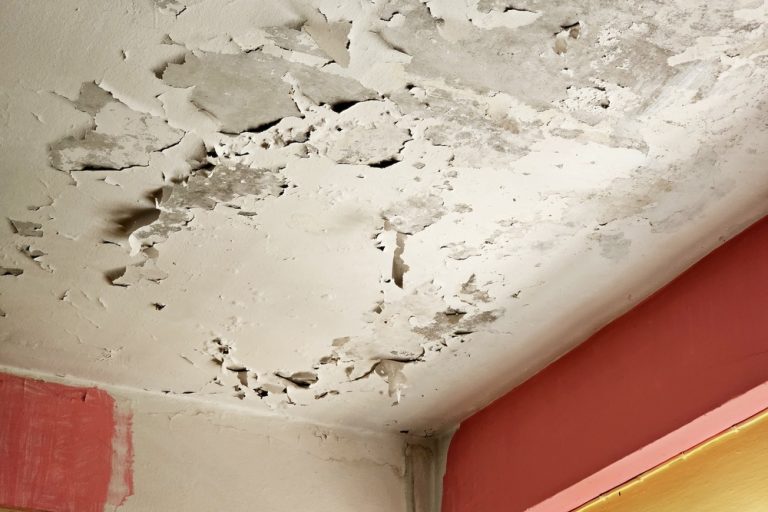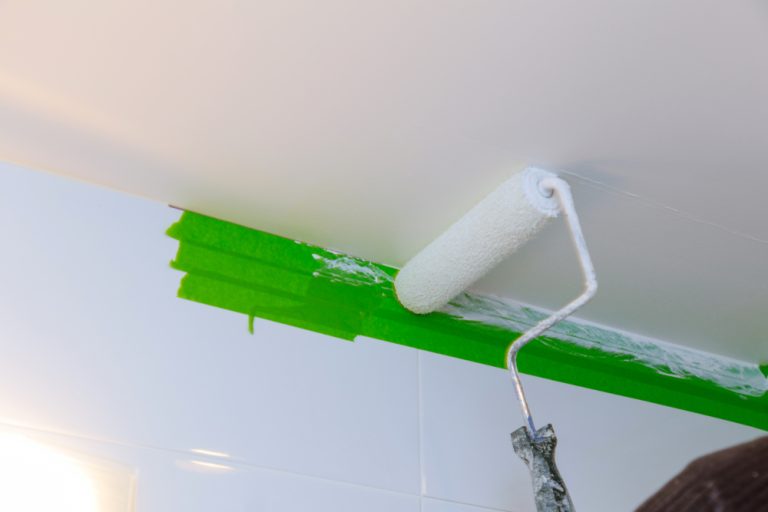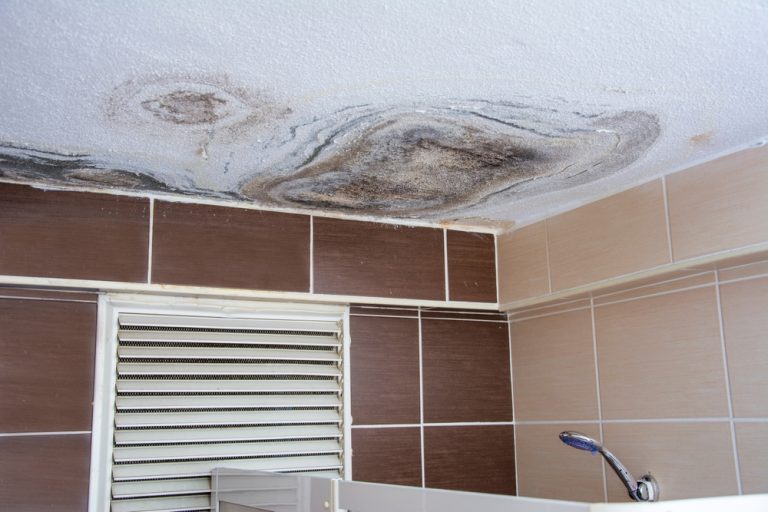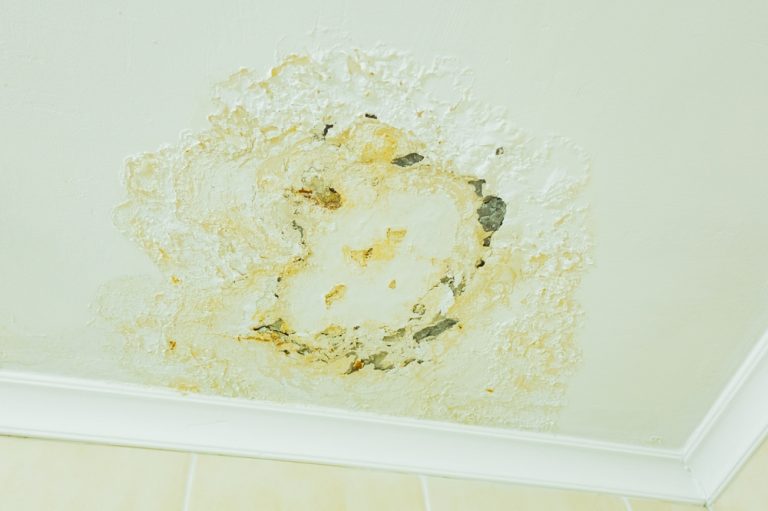What Type of Drywall for Bathroom Ceiling?

When considering a bathroom remodel or renovation, choosing the right materials is crucial for durability and longevity. One of the most important areas to focus on is the ceiling, which is often exposed to high levels of moisture and humidity. The drywall you choose for your bathroom ceiling plays a critical role in preventing issues like mould, mildew, and sagging. Understanding what type of drywall for bathroom ceiling is essential for creating a moisture-resistant, long-lasting surface.
In this article, we’ll explore the best drywall options for bathroom ceilings, their benefits, and why they are necessary for such a moisture-prone area.
The Importance of Moisture-Resistant Drywall
Bathrooms are unlike any other room in your home because they endure constant exposure to water and steam. As a result, regular drywall is not suitable for bathroom ceilings. Standard drywall absorbs moisture, which can lead to mould growth, sagging, and deterioration over time. This is why moisture-resistant drywall options are necessary for bathroom ceilings.
Moisture-resistant drywall is designed to handle the high humidity levels found in bathrooms, making it less likely to retain moisture and develop mould. These drywall types also offer better durability, ensuring that the ceiling can withstand the demands of a humid environment without compromising the structure or appearance.
Types of Drywall for Bathroom Ceilings
There are several types of drywall that are specifically designed for use in moisture-prone areas like bathrooms. The following are the most common and effective options for bathroom ceilings:
Greenboard Drywall
Greenboard drywall, also known as moisture-resistant drywall, is one of the most popular choices for bathroom ceilings. It gets its name from the green paper backing, which provides an additional layer of moisture resistance compared to standard drywall. This type of drywall is ideal for areas with low to moderate levels of moisture, such as bathroom ceilings where water exposure is minimal.
While greenboard is more resistant to moisture than regular drywall, it’s important to note that it’s not entirely waterproof. It can withstand high humidity but should not be used in areas that will be exposed to direct water, such as inside a shower or above a bathtub.
Cement Board
Cement board is a highly durable and water-resistant material that is often used in wet areas of bathrooms. Unlike traditional drywall, cement board is made from cement and reinforced with fiberglass mesh. This makes it an excellent option for bathroom ceilings, especially in areas that may experience direct water exposure or high humidity levels.
One of the biggest advantages of cement board is its ability to resist mould and mildew growth. Because it doesn’t absorb water like traditional drywall, it provides a stronger barrier against moisture. This makes it ideal for use in areas like shower ceilings or where ventilation may be limited.
Purple Drywall
Purple drywall is another moisture-resistant option that is specifically designed for high-humidity areas like bathrooms. It is more advanced than greenboard in terms of moisture resistance, making it a great choice for bathroom ceilings. Purple drywall is treated with special additives to resist mould, mildew, and moisture penetration, ensuring that it maintains its structural integrity even in humid environments.
Purple drywall is often recommended for bathroom ceilings in areas with poor ventilation or high levels of humidity, such as above showers or in small bathrooms. It’s also easier to install than cement board, making it a practical option for homeowners looking for moisture protection without the need for heavy-duty installation.
Blueboard Drywall
Blueboard drywall is primarily used for veneer plastering but is also moisture-resistant, making it suitable for bathroom ceilings. Its moisture-resistant surface makes it less prone to water damage compared to standard drywall. While it’s not as commonly used as greenboard or purple drywall, blueboard can be an effective option in bathrooms with good ventilation and low to moderate humidity levels.
This type of drywall is also known for its smooth finish, which makes it easier to paint or plaster over. However, like greenboard, it’s not waterproof and should not be used in areas with direct water exposure.
Fiberglass Mat Gypsum Panels
Fiberglass mat gypsum panels, often referred to as paperless drywall, are an advanced alternative to traditional drywall options. Unlike regular drywall, which uses paper on the surface, this type of drywall is covered with fiberglass mats, making it highly resistant to water, mould, and mildew. This makes it an ideal choice for bathroom ceilings, particularly in areas with high humidity.
The fiberglass surface also makes this type of drywall more durable and less prone to damage over time. While it can be more expensive than traditional drywall options, its superior resistance to moisture and mould makes it worth considering for bathrooms with high moisture exposure.
How to Choose the Right Drywall for Your Bathroom Ceiling?
When deciding what type of drywall for bathroom ceiling is best for your home, there are a few factors to consider:
Humidity Levels in Your Bathroom
The amount of moisture your bathroom ceiling will be exposed to is one of the most important considerations when choosing drywall. For bathrooms with high humidity, such as those with poor ventilation or directly above a shower, moisture-resistant options like purple drywall, cement board, or fiberglass mat gypsum panels are ideal. For bathrooms with moderate humidity, greenboard or blueboard may provide sufficient protection.
Direct Water Exposure
If your bathroom ceiling is in an area where it might be exposed to direct water, such as above a shower or bathtub, it’s important to choose a drywall option that can withstand water exposure. Cement board and fiberglass mat gypsum panels are excellent choices for these areas due to their waterproof and moisture-resistant properties.
Installation and Cost
The ease of installation and cost of materials are also important considerations. Greenboard and purple drywall are easier to install than cement board and are generally more affordable. Cement board, while more durable and moisture-resistant, can be more labor-intensive to install and may come with higher costs.
Why Moisture-Resistant Drywall Matters?
Investing in the right drywall for your bathroom ceiling not only enhances the longevity of the space but also helps prevent common issues associated with moisture buildup. Using moisture-resistant drywall can protect your ceiling from mould growth, water damage, and peeling paint, all of which are common problems in bathrooms with high humidity levels.
Moisture-resistant drywall options like greenboard, purple drywall, and cement board also offer additional benefits, such as improved indoor air quality and a reduction in allergens caused by mould and mildew. These drywall types are designed to provide superior performance in high-moisture areas, ensuring that your bathroom ceiling remains in good condition for years to come.
Conclusion
When it comes to bathroom ceilings, not all drywall is created equal. Knowing what type of drywall for bathroom ceiling is best depends on the specific conditions of your bathroom, such as humidity levels and water exposure. Greenboard, purple drywall, cement board, and fiberglass mat gypsum panels are all excellent choices for protecting your bathroom ceiling from moisture damage.
By choosing the right type of drywall, you can ensure that your bathroom remains free from mould, mildew, and water-related issues, making it a durable and healthy environment for your home. areas, ensuring that your bathroom ceiling remains in good condition for years to come.




